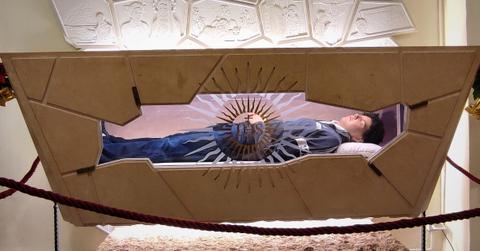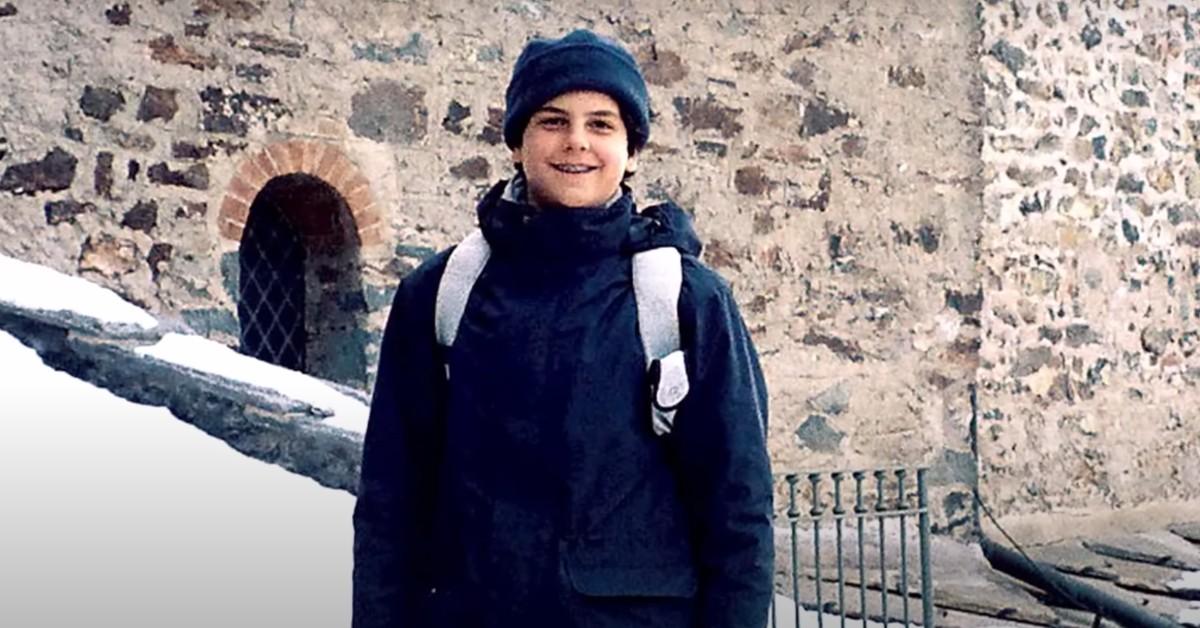Who Is Carlo Acutis? Inside the Life of the First Millennial Saint in the Catholic Church
Carlo Acutis died of leukemia at the age of 15 in 2006.
Published June 13 2025, 12:57 p.m. ET
Carlo Acutis is scheduled to be canonized by the Catholic Church on Sept. 7, 2025, making him the first millennial recognized as a saint. The decision, made by Pope Leo XIV, drew widespread attention and sparked curiosity well beyond religious communities.
For many, the news raised a simple but sincere question: Who is Carlo Acutis, and how did a teenage computer enthusiast come to be honored among the Church’s holiest figures? His story is one marked by faith, kindness, and a surprising connection to modern technology. Keep reading as we take a closer look at the life of Carlo.
Who is Carlo Acutis, and why does his story matter today?
According to Catholic Answers, Carlo was born on May 3, 1991, to Andrea Acutis and Antonia Salzano. From the time he was a young boy, Carlo displayed an unusual level of faith. He asked to receive First Communion at the age of 7, began attending daily Mass, and prayed the rosary regularly. His favorite way to describe his devotion was simple: “My secret is to contact Jesus every day.”
Despite his deep faith, Carlo was also very much a kid of his time. He loved technology, played video games, and taught himself computer programming. As his faith grew, so did his desire to use those skills for good. That’s when he began creating a website cataloging Eucharistic miracles — events in which, according to Catholic teaching, the bread and wine used in Mass were believed to have taken on the physical properties of Jesus Christ.
By the time he was a teenager, Carlo had documented 187 such miracles. His site became the foundation for a traveling exhibition that has now appeared on every continent. He saw the internet not just as a tool for entertainment, but as a “highway to heaven.” That phrase — “The Eucharist is the highway to heaven” — became one of his most repeated quotes.
In his short life, Carlo also took the Gospel message beyond the screen. He volunteered to help the homeless, comforted friends going through tough times, and taught catechism to younger children. His ability to merge everyday teenage interests with an intense love for God caught the attention of many, including Church leaders.
Carlo died in 2006 — offering his suffering to the Church.
Carlo died from leukemia on Oct. 12, 2006. Before he died, he offered his suffering for the Church and for the pope. What followed were stories of miraculous healings attributed to his intercession. One such case involved a young Brazilian boy named Mattheus, who was healed of a rare pancreatic disorder after his mother prayed to Carlo.
Another took place in Costa Rica, where a young girl named Valeria recovered from severe brain trauma shortly after her mother visited Carlo’s tomb in Assisi and prayed for help.
These events were investigated by Church officials and deemed medically unexplainable. Pope Francis recognized the second miracle in 2023, clearing the final step needed for canonization.
The canonization of Carlo Acutis wasn’t just about honoring one teenager. It was about showing that sainthood isn’t reserved for historical figures or religious professionals. Carlo’s story sends a powerful message to young people: you don’t have to wait until you’re older to live a holy life. Furthermore, you don’t have to give up your interests or talents — whether it’s coding, gaming, or social media — to follow God.
His casual style — jeans, sneakers, and a hoodie — is how he’s depicted in his tomb in Assisi. Visitors, especially the young, often find that image relatable and comforting.
His story reminds everyone that holiness isn’t about age or background — it’s about intention. As more young people discover his life, it’s clear that Carlo’s greatest miracle might be the way he’s still guiding others toward something greater.

